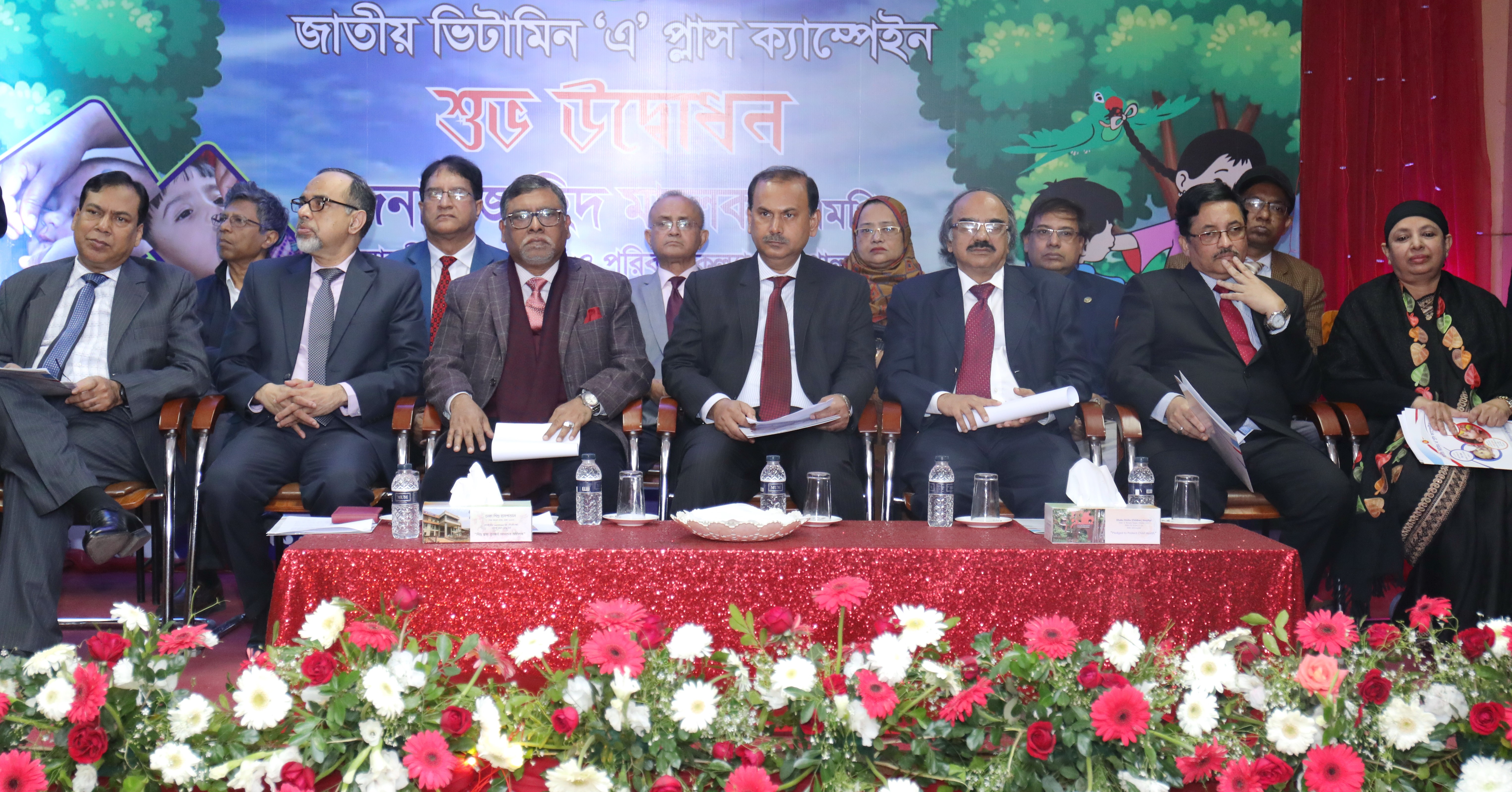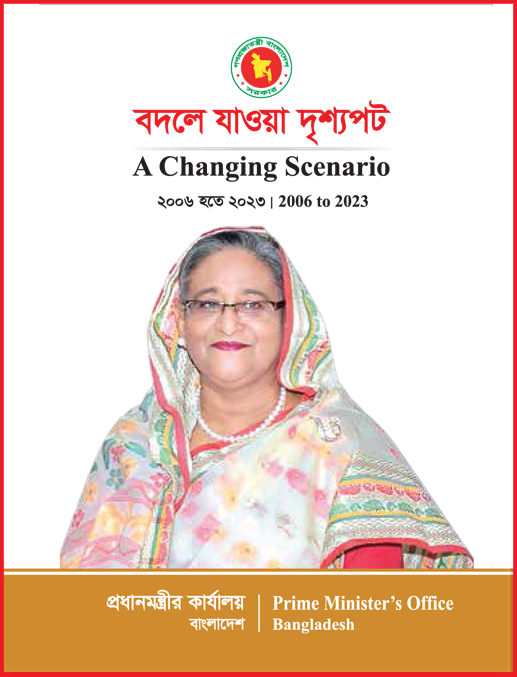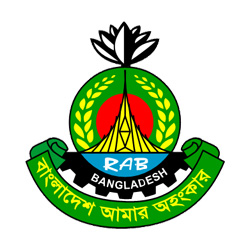HPNSDP
Background of Health, Population and Nutrition Sector Development Program (HPNSDP)
Magnitude of the Problem of Malnutrition in Bangladesh
During the past 2 decades, Bangladesh has made considerable progress in development, sustaining high rates of economic growth and reducing poverty rates by 9% between 2000 and 2005 (from 49% to 40 %). The country is also on track to meet some of the Millennium Development Goals (MDGs) related to human development such as child mortality and combating HIV/AIDS, where it has outperformed other countries in the region. However, all these improvements have not translated into positive effects on maternal and child nutrition. The prevalence of malnutrition in Bangladesh is still one of the highest among the developing countries.
Although there has been a decline in rate of underweight children over the years, the rates of underweight, stunting and wasting are still all above the WHO’s thresholds for very high levels, typically found in emergency situations. Around 7.8 million children suffer from under nutrtion, which contributes to at least one third of child deaths; Percentage of underweight children (underweight for age) declined to 41% in 2006 from 48% in 2003. The percentage of wasted children (underweight for height) fluctuates, with very high levels in the pre-harvest season (17% in 2007) and lower levels in other seasons. Percentage of stunted children (short for age) has not changed much over the years and was estimated at 43% in 2007 (BDHS). According to WHO health targets set in 1998, stunting rate in children should be less than 20% in all countries and in all specific sub-groups within the countries by the year 2020”. Stunting is an indicator of chronic malnutrition and unlike stunting, underweight status is influenced by short term changes in health or food security situation. It is also noteworthy that large disparities in nutritional status exist across the socio-economic groups. Nearly 51% of under-fives in the lowest quintile are undernourished, compared to 26% in the highest quintile (BDHS 2007). ). The causes of stunting are multifactorial and include among other factors, lack of exclusive breastfeeding, inappropriate complementary feeding, recurrent infections, etc.
Deficiencies in key micronutrients have been and still continue to be a public health challenge in Bangladesh. Vitamin A deficiency was identified as a public health problem since the 1960’s and has been the single most important preventable cause of night blindness in children. More importantly, subclinical vitamin A deficiency among pre-school aged children was classified as a public health problem in rural Bangladesh where almost 75% had vitamin A values below the WHO cut-off of <1.05 µmol/ for mild vitamin A deficiency. More than 20% had serum retinol concentrations less than 0.70 µmol/l, the benchmark for a public health problem. Such high levels of mild vitamin A deficiency are associated with increased risk of mortality in children. Since the past 25 years, vitamin A supplementation program targeting children 9 – 59 months of age has been implemented by the IPHN, health services and NGOs with coverage reaching over 80%. This has contributed to a reduction in night blindness in children 12-59 months of age living in rural areas reduced from 3.5% (1983) to 0.62% (1998)4. To sustainably eliminate vitamin A deficiency in the population, supplementation needs to be complemented with more effective and sustainable improvements in dietary vitamin A. Fortification of edible oil and other foods is one of the means of achieving this. However, the long term solution through dietary diversity needs to be promoted for sustainable reduction in Vitamin A and other micronutrient deficiencies.
Policy and Program Response
In 1975, the Bangladesh National Nutrition Council (BNNC) was established by order of the President of Bangladesh. Headed by the Prime Minister, the Council was constituted by concerned ministers, secretaries, senior administrators, policy makers, nutrition experts, journalists, heads of relevant organizations, and divisional women representatives. The management of the council was vested in an Executive Committee (EC), headed by the Minister for Health and Family Welfare. Secretaries of different ministries and heads of different agencies represent the other EC members. The BNNC also has a Standing Technical Committee consisting of technical experts on nutrition. The objectives of the BNNC are the formulation and updating of the National Food and Nutrition Policy; approval of nutrition programs for different ministries and institutes; and monitoring and evaluation of nutrition research programs. Other functions include- establishment of a nutrition information and documentation centre, preparation of a national plan for nutrition, organizing national and international conferences and training courses; publishing and disseminating technical and general information on nutrition; and providing financial support for nutrition related research projects. Although BNNC has been tasked with important responsibilities for nutrition in the country, it has unfortunately not been effective during the past decade.
National Nutrition Services (NNS): A Mainstreamed and Integrated Approach to Addressing Malnutrition
Under HNPSP, there were two OPs named National Nutrition Programme (NNP) and Micronutrient Supplementation (MNS). Facility based limited services were provided through MNS and community based services were undertaken through NNP-OP. There was evidence of lack of coordination and duplication activities among these two OPs. Moreover, the NNP interventions were contracted to several NGOs and had fragile or no links with the mainstream health system. Referral and intensive management for children with severe acute malnutrition was very inadequate. There are also several other nutrition related projects/ programme run by the different Ministries/Divisions supported by DPs but their activities were not well coordinated and monitored. Moreover, the total estimated cost of the NNP-OP (FY 2003 to 2011) for the interventions in 263 Upazila was Tk. 1,251 crore, whereas it was implemented in about 173 Upazilas in phases covering only 34% of the entire population. The Annual Program Review (APR) of HNPSP in 2009 recommended that to scale up the nutrition interventions the only option is to mainstream the critical nutrition interventions in the services provided through DGHS and DGFP. If the present model of NNP is continued country wide by contracting NGOs, the cost for NNS interventions will be about Tk. 5000.00 crore and it would not possible to achieve MDG target by 2015 with the implementation of the existing model.
In light of this situation, the Government of Bangladesh is planning to accelerate the progress in reducing the persistently high rates of maternal and child under nutrition by mainstreaming the implementation of nutrition interventions into health (DGHS) and family planning services (DGFP), scaling-up the provision area-based community nutrition, updating the National Plan of Action on Nutrition in the light of food and nutrition policies, amongst other important priority actions. To achieve this, nutrition has been made a priority for the proposed sector program and a variety of key strategies and actions will be pursued. The mainstreamed program will be guided by 2 main principles:
- The program will focus on those activities within its mandate and where it has the capacity as well as the comparative advantage to act. The key activities that lie outside the mandate of the health sector, NNS will play a coordination as well as advocacy role and ensure active engagement with other the key sectors (for example, Ministries of Agriculture, Food and Disaster Management, Ministry of Industry, etc)
- The nutrition program will seek to intervene at the different stages of the lifecycle –during pregnancy, at delivery/neonatal, post natal, childhood, adolescence, newly weds – but with a strong focus on the “window of opportunity”, that is, pregnancy through first two years of life.
Under the HPNSDP, the mainstreamed nutrition programme aims to deliver the nutrition services country wide through the existing DGHS and DGFP set up will costs only about 1490.00 crore TK, which will be cost-effective and more sustainable in future. Since MOHFW being implemented SWAp in a sustainable manner from 1998 which covers almost all HPN services, it will not be worthy to have a separate project for the nutrition services with only GOB resources, as because DPs will not fund for the parallel project outside the scope of HPNSDP.
























